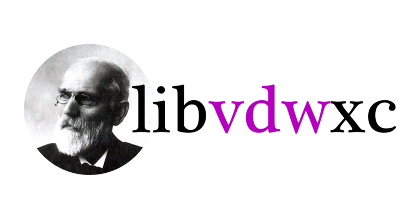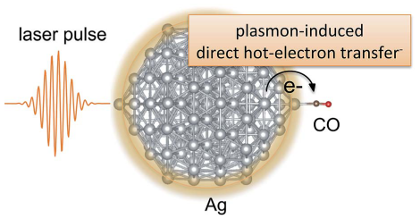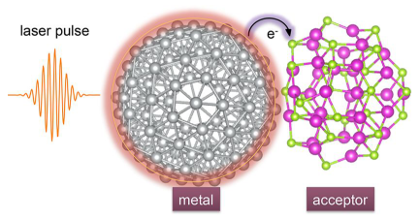GPAW: open Python package for electronic-structure calculations
J. J. Mortensen,
A. H. Larsen,
M. Kuisma,
A. V. Ivanov,
A. Taghizadeh,
A. Peterson,
A. Haldar,
A. O. Dohn,
C. Schäfer,
E. Ö. Jónsson,
E. D. Hermes,
F. A. Nilsson,
G. Kastlunger,
G. Levi,
H. Jónsson,
H. Häkkinen,
J. Fojt,
J. Kangsabanik,
J. Sødequist,
J. Lehtomäki,
J. Heske,
J. Enkovaara,
K. T. Winther,
M. Dulak,
M. M. Melander,
M. Ovesen,
M. Louhivuori,
M. Walter,
M. Gjerding,
O. Lopez-Acevedo,
P. Erhart,
R. Warmbier,
R. Würdemann,
S. Kaappa,
S. Latini,
T. M. Boland,
T. Bligaard,
T. Skovhus,
T. Susi,
T. Maxson,
T. P. Rossi,
X. Chen,
Y. L. A. Schmerwitz,
J. Schiøtz,
T. Olsen,
K. W. Jacobsen,
and
K. S. Thygesen
Journal of Chemical Physics 160, 092503
(2024)
arXiv:2310.14776
doi: 10.1063/5.0182685
Download PDF

We review the GPAW open-source Python package for electronic structure calculations. GPAW is based on the projector-augmented wave method and can solve the self-consistent density functional theory (DFT) equations using three different wave-function representations, namely real-space grids, plane waves, and numerical atomic orbitals. The three representations are complementary and mutually independent and can be connected by transformations via the real-space grid. This multi-basis feature renders GPAW highly versatile and unique among similar codes. By virtue of its modular structure, the GPAW code constitutes an ideal platform for implementation of new features and methodologies. Moreover, it is well integrated with the Atomic Simulation Environment (ASE) providing a flexible and dynamic user interface. In addition to ground-state DFT calculations, GPAW supports many-body GW band structures, optical excitations from the Bethe-Salpeter Equation (BSE), variational calculations of excited states in molecules and solids via direct optimization, and real-time propagation of the Kohn-Sham equations within time-dependent DFT. A range of more advanced methods to describe magnetic excitations and non-collinear magnetism in solids are also now available. In addition, GPAW can calculate non-linear optical tensors of solids, charged crystal point defects, and much more. Recently, support of GPU acceleration has been achieved with minor modifications of the GPAW code thanks to the CuPy library. We end the review with an outlook describing some future plans for GPAW.



